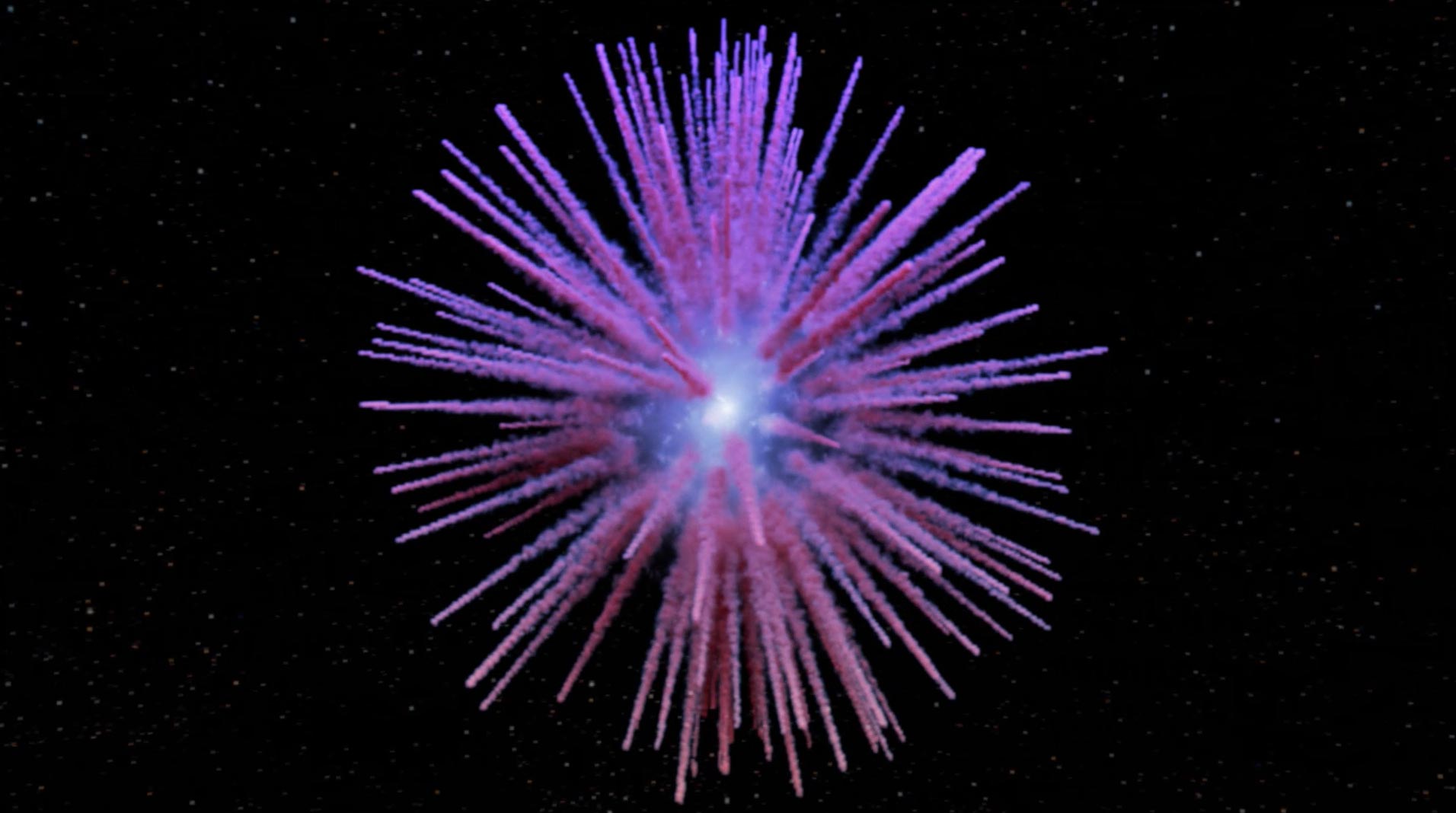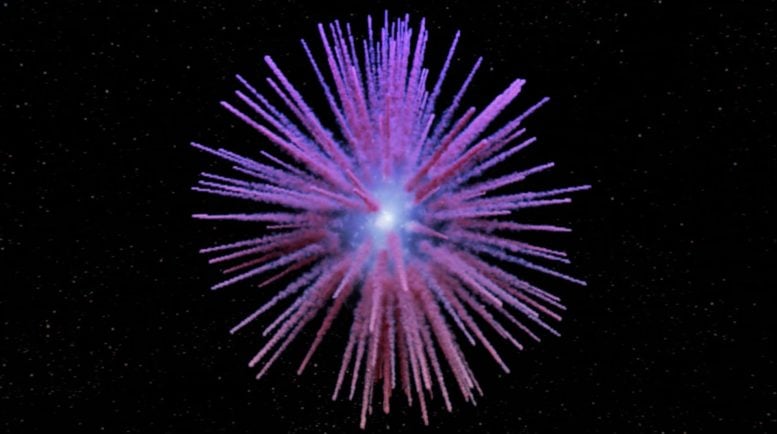

A supernova witnessed in 1181 was linked to the Pa 30 nebula in 2021, revealing a rare surviving “zombie star.” Advanced 3D imaging from the Keck Observatory uncovered unusual filaments expanding from the core, marking this supernova as highly asymmetric and raising new scientific questions.
In 1181, a new star appeared near the Cassiopeia constellation, shining for six months before fading from view. Recorded as a “guest star” by Chinese and Japanese astronomers nearly a thousand years ago, this event has fascinated and puzzled scientists ever since. Known now as supernova SN 1181, it is one of the few pre-telescope supernovae documented in history.
For centuries, it was considered an “orphan,” meaning none of today’s visible celestial bodies could be traced back to it. However, in 2021, scientists linked SN 1181’s remnant to a nebula called Pa 30, originally discovered in 2013 by amateur astronomer Dana Patchick using data from the WISE telescope as part of a citizen science project.
Unveiling a Celestial Oddity: The Zombie Star
Yet Pa 30 is no ordinary supernova remnant. At its center, astronomers found a “zombie star” — a rare remnant of the original explosion. SN 1181 is thought to have been triggered by a thermonuclear explosion on a dense, dead star known as a white dwarf. Typically, a white dwarf would be completely obliterated by such an explosion, but this time, part of the star survived, creating a “zombie star.”
This partial explosion type is known as a Type Iax supernova. Adding to the intrigue, strange filaments stretch out from this zombie star, resembling the petals of a dandelion. Now, ISTA Assistant Professor Ilaria Caiazzo and lead author Tim Cunningham, a NASA Hubble Fellow at Harvard & Smithsonian’s Center for Astrophysics, have obtained an unprecedented close-up view of these mysterious filaments.
Advanced Imaging Unravels Supernova Secrets
The team around Cunningham and Caiazzo could study this strange supernova remnant in detail thanks to Caltech’s Keck Cosmic Web Imager (KCWI). KCWI is a spectrograph located above 4,000 meters at the W. M. Keck Observatory in Hawaii, near the summit of Mauna Kea volcano, Hawaii’s highest peak.
As its name indicates, KCWI was designed to detect some of the faintest and darkest sources of light in the universe, collectively called the “cosmic web”. In addition, KCWI is so sensitive and smartly designed that it can capture spectral information for every pixel in an image. It can also measure the motion of matter in a stellar explosion, creating something like a 3D movie of a supernova. KCWI does so by examining how the light shifts while moving closer to or away from us, a physical process similar to the familiar Doppler shift we know from blaring sirens that change their tune as an ambulance races by.
A Closer Look at Supernova Asymmetry and Dynamics
Thus, instead of only seeing the typical static image of a fireworks display common to observations of supernovae, the researchers could create a detailed 3D map of the nebula and its strange filaments. In addition, they could show that the material in the filaments traveled ballistically at approximately 1,000 kilometers per second. “This means that the ejected material has not been slowed down, or sped up, since the explosion,” says Cunningham. “Thus, from the measured velocities, looking back in time allowed us to pinpoint the explosion to almost exactly the year 1181.”

Evidence of an Unusual Asymmetry
Beyond the dandelion-shaped filaments and their ballistic expansion, the overall shape of the supernova is most unusual. The team could demonstrate that the ejecta—the material within the filaments being ejected away from the explosion site—is unusually asymmetrical. This suggests that the asymmetry stems from the initial explosion itself. Also, the filaments appear to have a sharp inner edge, showing an inner “gap” surrounding the zombie star.
“Our first detailed 3D characterization of the velocity and spatial structure of a supernova remnant tells us a lot about a unique cosmic event that our ancestors observed centuries ago. But it also raises new questions and sets new challenges for astronomers to tackle next,” concludes Caiazzo.
Reference: “Expansion Properties of the Young Supernova Type Iax Remnant Pa 30 Revealed” by Tim Cunningham, Ilaria Caiazzo, Nikolaus Z. Prusinski, James Fuller, John C. Raymond, S. R. Kulkarni, James D. Neill, Paul Duffell, Chris Martin, Odette Toloza, David Charbonneau, Scott J. Kenyon, Zeren Lin, Mateusz Matuszewski, Rosalie McGurk, Abigail Polin and Philippe Z. Yao, 24 October 2024, The Astrophysical Journal Letters.
DOI: 10.3847/2041-8213/ad713b
Caiazzo started working on this project as a Burke-Sherman Fairchild Postdoctoral Fellow in theoretical astrophysics at Caltech, USA, before joining ISTA in May this year.